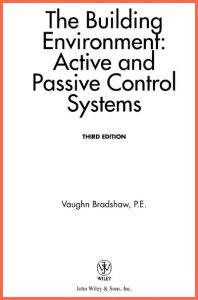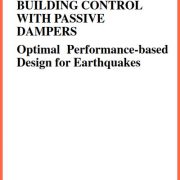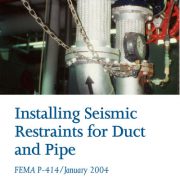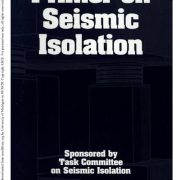The Building Environment:Active and Passive Control Systems – THIRD EDITION
This book is an introductory survey of the broad field ofmechanical/electrical/plumbing (MEP) systems in build-ings. It is intended to provide students of architecture withthe information necessary to make proper provisions andallowances for these systems in their building designs.Architects used to be responsible for designing entirebuildings, including the heating and ventilation (usuallysteam radiators and operable windows), lighting, and powersystems. These systems were much simpler than theirsophisticated modern counterparts. With the advent of moreand more complex systems, specialist consultants (struc-tural, mechanical, electrical, civil engineering, fire protec-tion, acoustical, lighting, elevator, etc.) are now usuallyrequired to design and handle the details of these technolo-gies.
Architects today find themselves
more in the positionof managing a team of engineers and other consultants thanof designing entire buildings themselves.Textbooks on building technologies, which have tradi-tionally taught architects to be proficient in all the disci-plines, have become unwieldy and cumbersome in theirattempts to remain comprehensive. They contain much moredetail and depth than is necessary for today’s architects, andas a result, many students lose the essential overview.This book, a departure from that tradition, provides anontechnical treatment of the physical principles and equip-ment related to building control systems. Only the pertinentaspects of HVAC, electrical, lighting, plumbing, and acousti-cal systems are covered.
The higher mathematics used byspecialist
consultants in each field are, for the most part,avoided, and the text concentrates on concepts in order togive students an appreciation of the larger picture withoutgetting bogged down in details.The general purpose of this book is to provide only theinformation that an architect, as generalist and “orchestra-tor,” needs to communicate and coordinate with the consul-tants in all of the many disciplines. Detailed information andprocedures for sizing and specifying mechanical and electri-cal systems are not included. Rather, the book emphasizesthe conceptual understanding of the functions of the varioussystems and how they interact with the other building com-ponents. Items of equipment are regarded simply as “blackboxes” having a given function.The reader should come away with (1) an understandingof the environmental requirements of buildings, (2) a generalsense of the systems and equipment typically used to satisfythose requirements, (3) an awareness of passive alternatives,(4) an awareness of the need to allow space and access forthe necessary systems and equipment during the conceptualstages of design development, and (5) enough of a workingknowledge of the terminology and requirements (spatial andstructural) to ask the right questions of the consultants and,on occasion, to direct a mechanical or electrical contractoron projects too small to justify hiring an engineer.
Those interested in designing building control systemsare
referred to the bibliography at the end of each chapter.The references listed provide more detailed literature on spe-cific topics. In addition, the end of each chapter contains achapter summary, a list of key words, and study questionsintended to stimulate thinking about, and retention of, theinformation presented.ORGANIZATIONThe book is organized into five parts. Part One presents thetheoretical bases for thermal control, including the concepts ofcomfort, heat transfer, psychrometrics, building heat gainsand losses, thermal mass, and condensation problems. It con-cludes with a chapter on load and energy-use calculations. Theprocedures presented in that chapter, based on the theory pre-sented in the preceding chapters, are intended to demonstrate.
| عنوان |
The Building Environment:Active and Passive Control Systems – THIRD EDITION
|
| نویسنده | Vaughn Bradshaw |
| زبان | English |
| Size | 13.5 MB |
| Download Method | مستقیم |
| Download Links | Download The Building Environment:Active and Passive Control Systems – THIRD EDITION
|






 تهران، شهرک غرب، بلوار خوردین، بلوار شریفی، توحید 4، پلاک 6، واحد 111
تهران، شهرک غرب، بلوار خوردین، بلوار شریفی، توحید 4، پلاک 6، واحد 111

